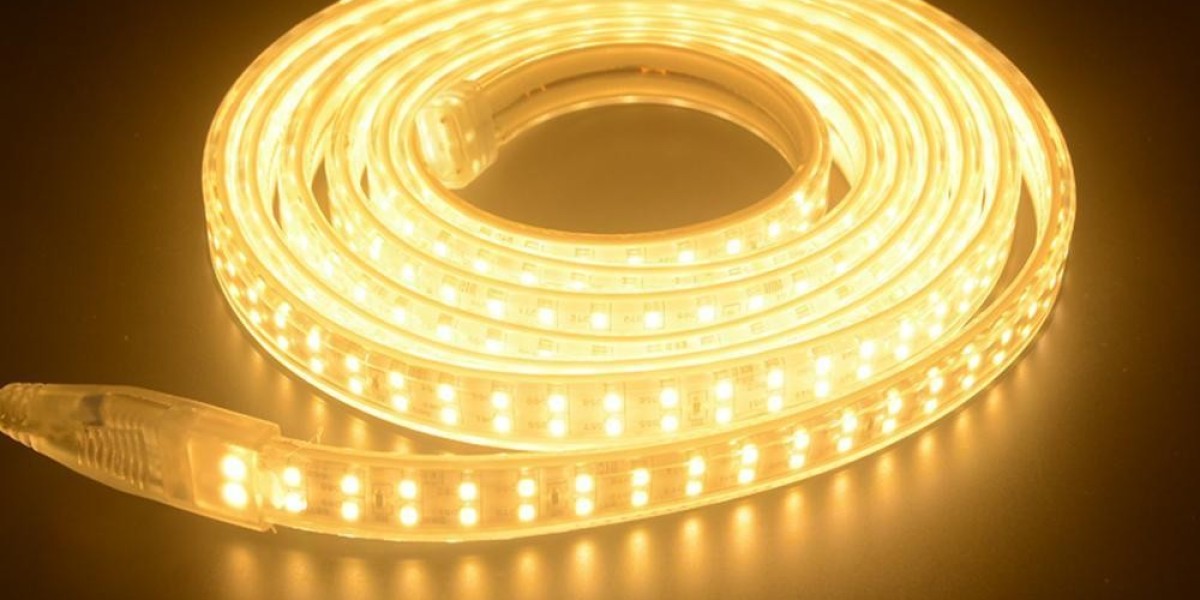When it comes to theatre productions, lighting is more than just illuminating the stage. It has the power to transform the mood and atmosphere, completely altering the audience's perception and experience of a play. The collaboration between the stage director and the lighting director is crucial in ensuring that the lighting enhances and complements the production's vision.

Exploring the Use of Colors
Colors play a significant role in setting the mood and purpose of a scene. Cool colors like white and blue can create a stark and ominous atmosphere, often used to depict scenes taking place at night under moonlight. On the other hand, warm colors such as yellows and oranges can create an inviting and daylight atmosphere. However, using warm and cool colors separately can create an unnatural setting. Therefore, it is common to blend these colors together to create a more balanced and natural ambiance. Adding a few white lights can create depth and shadows in a bright scene, while a subtle yellow light can soften characters on a cool stage.
Exotic colors like green, pink, and purple are rarely used alone due to their unnatural appearance under standard lighting conditions. Green lights, for example, can make characters appear ill. However, they can be used effectively to create specific moods if the director calls for it.
Read more: The Ultimate Guide to Cutting Daybetter LED Strip Lights
The Importance of Light Intensity
Light intensity also plays a vital role in enhancing a scene. When portraying an intimate moment with few characters, a dimly lit stage with focused beams of light can create a more impactful and engaging atmosphere than an overly bright stage flooded with lights from different angles. Similarly, a monologue or soliloquy can be amplified by a single beam of light on the lead actor, emphasizing their presence and capturing the audience's attention.
Read more: Experience Illumination Excellence with Philips Hue Bluetooth Smart Lightstrip Plus
Using Unconventional Sources of Light
To further enhance the theatrical experience, unconventional sources of light can be utilized to evoke specific moods. Candles, torches, and even fires or flames (if permitted by the theatre) can significantly elevate production values, creating an authentic and immersive environment that transports the audience into the world of the play.
At PG Stage, we understand the importance of lighting in theatre productions. If you have any questions or would like to discuss stage lighting further, please don't hesitate to reach out to us. We are passionate about bringing your vision to life through the power of lighting.
Read more: LED Strip Lights: Enhancing Your Space with Versatile Ceiling Lighting
Frequently Asked Questions
Q: How does lighting impact the audience's perception of a theatre production?
A: Lighting can dramatically alter the mood and atmosphere of a production, influencing how the audience perceives the unfolding action and even changing the entire tone and feel of a play.
Q: Can different colors of light be used to create specific moods on stage?
A: Yes, different colors can be used to evoke specific moods. Cool colors like white and blue can create a stark or ominous atmosphere, while warm colors like yellow and orange can create an inviting or daylight scene. Exotic colors like green, pink, and purple are used sparingly and for specific purposes.
Q: What role does light intensity play in a theatre production?
A: Light intensity can significantly impact a scene. A dimly lit stage with focused beams of light can create intimacy and intensity, while a single beam of light on the lead actor can emphasize their presence during a monologue or soliloquy.
Q: Can unconventional light sources be used in theatre productions?
A: Yes, unconventional light sources like candles, torches, and flames (if permitted) can enhance the production values and create a more authentic and immersive environment. However, they should be used judiciously and with safety precautions in place.








